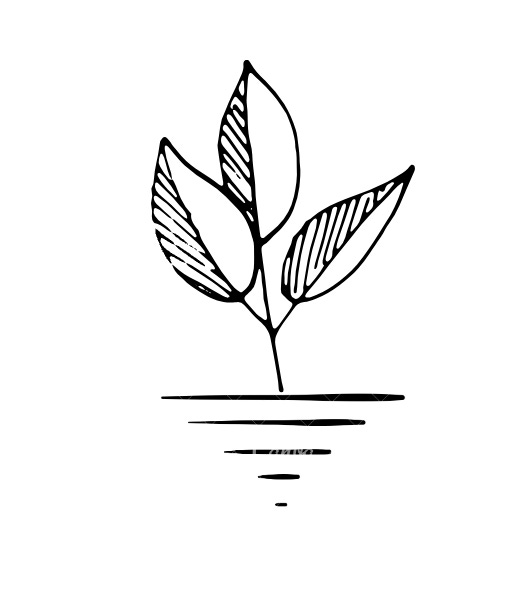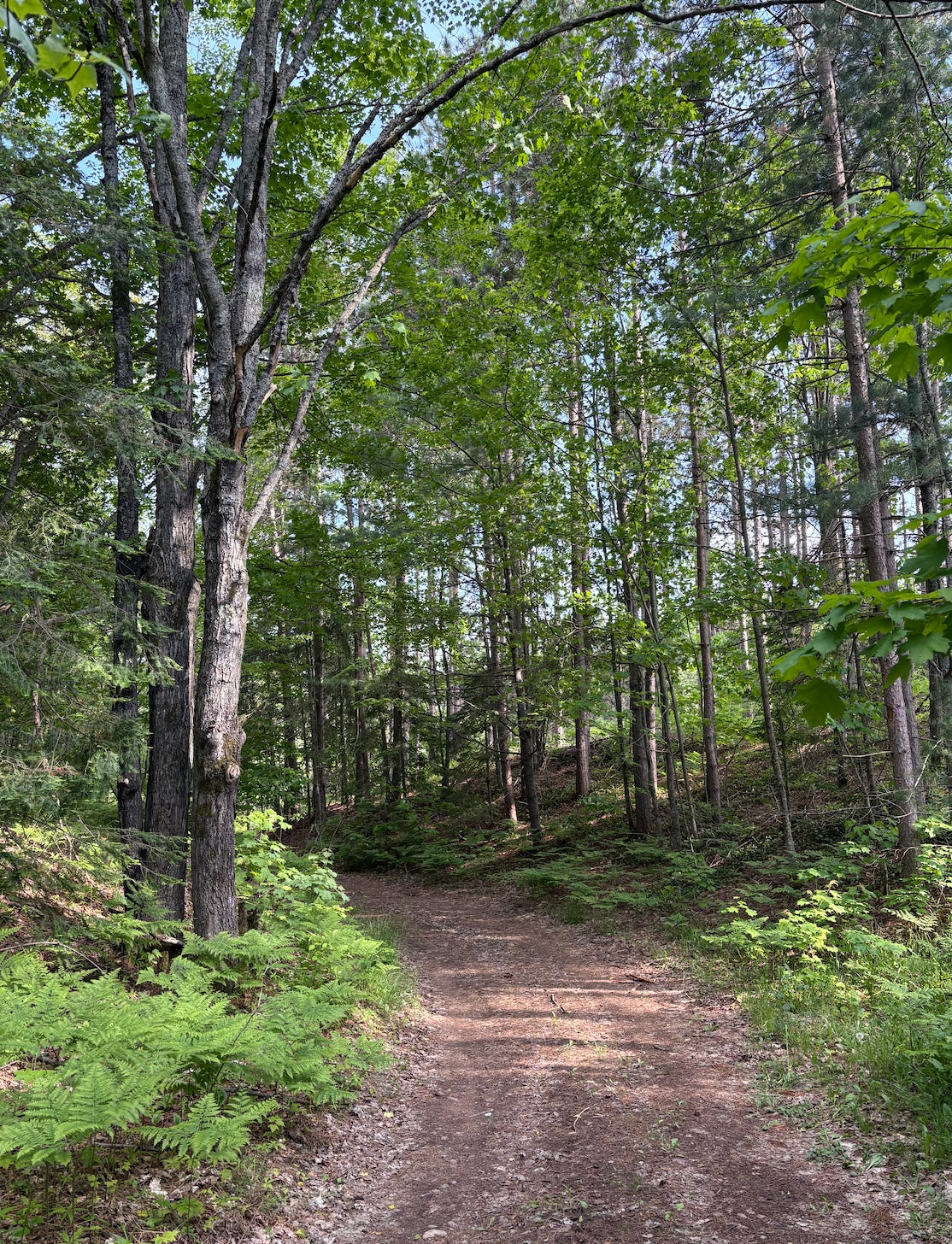How We Really Change
The science of habits, seasonal systems, and the small shifts that make change stick
Welcome to the Michelle Seguin MD newsletter! I’m Dr. Michelle, and I’m so glad you’re here. Our community of 1K readers (and growing) is something I’m deeply grateful for. Thank you for helping create such a thoughtful and nourishing space. In this week’s note, we’re exploring what the science of behavior change can teach us and how seasonal rhythms might support the small shifts that truly last.
Hello friends,
At the recent IFM Annual International Conference, the closing keynote on behavior change left me wondering. The science was compelling: so much of what we do each day is automatic, shaped more by our environments than we often realize. But what stayed with me most wasn’t a statistic. It was a quiet insight that’s been echoing ever since:
What if the seasons themselves are among our most powerful systems for change?
I’ve seen it in my own life. As the days lengthen and the garden fills with color, my habits naturally begin to shift. I crave movement. I reach for fresher meals. I want to feel strong and clear for the season ahead, not from a place of striving, but from something softer and more aligned.
This summer, I’ve been setting up what I now think of as seasonal systems. Small, practical ways of making the nourishing choice the easy one. Of course, these systems can be as simple as a bowl of fruit on the counter or a pair of walking shoes by the door. What matters most is that they meet you where you are and gently move you toward where you want to be.
In this week’s journal club, we’ll explore the science behind why these systems work. Drawing from the research of Wendy Wood, PhD, and the practical wisdom of Atomic Habits by James Clear, we’ll look at how behavior change really happens and how the natural world may already be showing us the way.
With gratitude,
Dr. Michelle
The Science of Behavior Change
I’ve been thinking a lot about the difference between wanting to change and actually changing. As it turns out, science backs up what many of us already feel in our bones: motivation is fleeting, but the systems we build around us can carry us further than willpower ever could.
According to Wendy Wood, PhD, a leading behavior researcher, about 43 percent of our daily actions are habits. Not intentional choices, but automatic patterns cued by our surroundings. The cup of coffee after we wake up. The phone we reach for when we’re tired. The snack we grab because it’s easy, not necessarily because we’re hungry.
“People can be very motivated and still not change, because their habits get in the way.”
— Wendy Wood, PhD
In one of her early studies, Wood observed how students continued to eat popcorn in a movie theater, even when it was stale and unappetizing. They did it not because they enjoyed it, but because they were used to it. The behavior was tied to the environment. This kind of research reminds us how often we’re simply repeating patterns our surroundings make easy.
This is where James Clear’s work in Atomic Habits offers a helpful model. Habits form through a cycle of cue, craving, response, and reward. When we design small systems that reduce friction and increase visibility, like placing our journal on the nightstand or setting out our workout clothes the night before, we make it easier for nourishing behaviors to take root.
A 2013 review in Health Psychology Review supports this idea. It found that interventions combining environmental restructuring with repetition were more effective than goal-setting alone. In other words, we’re more likely to follow through when the healthy choice is already built into our surroundings.
Another study from 2022 looked specifically at eating behavior and found that habit strength was a stronger predictor of healthy eating than motivation or knowledge. The most influential factor was a consistent context, like keeping chopped vegetables front and center in the fridge.
And if you’ve heard that it only takes 21 days to form a habit, here’s the nuance. One of the most cited studies on habit formation, led by Phillippa Lally, found that it actually takes an average of 66 days for a behavior to become automatic. The range was wide. Some people needed just 18 days, while others took more than 200, depending on the complexity of the habit and how consistently it was practiced. The key is structure and support.
The takeaway: sustainable behavior change doesn’t start with a resolution. It starts with what we repeat. And what we repeat is shaped by what surrounds us.
That’s why seasonal systems can be such powerful tools. They meet us where we are, help us align with the rhythms of the natural world, and make the nourishing choice feel easy, almost inevitable.
The Seasonal Lens
If habit formation is shaped by repetition and environment, then seasonal living offers a built-in structure to support change. Nature already provides a kind of scaffolding. The cues are all around us: we just have to notice them.
In spring, we’re pulled toward fresh starts. We plan, plant, and stretch toward the light. Summer invites momentum. The days are long, the harvests come in, and our energy often feels more expansive. Fall is a natural time to reflect, gather, and assess. And winter, with its shorter days and inward pull, offers a space to rest, reset, and restore.
Each season provides a unique environment that can support the behaviors we’re already trying to cultivate.
This summer, for example, my own routines have shifted in small but meaningful ways. I moved my weight bench from the basement to the pole barn, where I can train with the doors open and the morning light on my face. I set up a smoothie station, where fresh greens and frozen berries are ready for busy mornings. I created a small whiteboard to track what’s coming out of the garden and what needs to be used up. These aren’t big changes, but they’ve made a noticeable difference in the mental load. Because they match the season, they feel easy…almost automatic.
And that’s the heart of it. A seasonal system doesn’t demand change. It invites it. When our environment supports the life we want to live, we don’t have to push so hard. We can flow with the rhythms already unfolding around us.
These ideas aren’t new. Many traditional health systems, like Ayurveda, Traditional Chinese Medicine, and Indigenous knowledge systems, have long honored the power of seasonal rhythms to guide how we eat, move, and live. What’s remarkable is how the science of behavior change is now affirming what these wisdom traditions have always known: the body thrives when it moves in harmony with nature.
Practical Takeaways – Building a Seasonal System
The idea of building a system might sound complex, but it doesn’t have to be. In Atomic Habits, James Clear offers a simple guide to creating habits that stick. The key, he says, is to design behaviors that are:
Obvious — visible and easy to remember
Attractive — something you genuinely enjoy or look forward to
Easy — low-effort and accessible
Satisfying — rewarding in the moment
This summer, I’ve been noticing how small systems shaped by this approach have made a difference in my daily life. Here are a few that feel particularly aligned with the season:
Obvious: I keep my smoothie ingredients prepped and my blender on the counter. No digging through cupboards. No second-guessing. It’s right there, ready to go.
Attractive: My weight bench is now in the pole barn, where I can open the doors, feel the breeze, and hear the birds. Movement feels like a gift, not a task.
Easy: I use shallow harvest baskets and glass storage containers to make garden harvests and meal prep easy. A small whiteboard on the fridge helps me track what’s fresh and ready to use.
Satisfying: There’s real joy in eating something from the garden or checking off a habit that supports how I want to feel. I often pause to savor it. That little sense of completion matters.
None of these systems are perfect, but they’re supportive. They reduce friction, align with the season, and gently reinforce the habits I want to keep.
That’s what I love about seasonal systems. They provide structure without becoming static. Unlike rigid routines that can start to feel stale or punishing, these systems are designed to evolve. They shift with the light, the weather, your energy, and your needs. You are not abandoning your habits. You are adapting them. And that adaptability is what helps habits stay alive and aligned, rather than stuck or forced.
A seasonal system is a living framework. It holds you just enough to feel supported, yet leaves space to grow and shift. It does not ask for perfection. It offers rhythm, ease, and a return to what matters most.
Seasonal System Reflection Prompts
You can choose one or mix a few into your closing to invite gentle contemplation:
What small change in your environment could make a nourishing choice feel more natural right now?
(Maybe it’s a bowl of fruit on the counter, a candle by your meditation space, or walking shoes by the door.)What is the season already asking of you?
(More movement, more rest, more color, more stillness? How might your routines reflect that?)What would your version of a seasonal system look like?
(Maybe it’s a weekly fridge reset, a walk to the farmers’ market, or a simple end-of-day ritual that helps you return to yourself.)Where do you feel most supported right now and how can you bring more of that feeling into daily life?
What habit might feel easier if your surroundings shifted to support it?
(Instead of pushing harder, what could make the next step more satisfying or more visible?)
In Closing
As we move deeper into summer, I’m reminded that change doesn’t have to be hard or heroic. Sometimes, it starts with something as simple as placing a bowl of fruit where we’ll see it, or opening a door to let the morning light in as we move our bodies.
This season, I invite you to ask yourself:
What is one small change you could make to your environment that feels aligned with the season you're in? Something that makes the nourishing choice more natural, more visible, or more joyful.
It doesn’t have to be perfect. Just supportive. Just enough.
I’d love to hear what seasonal systems you’re leaning into right now. Feel free to share in the comments or reply to this note. I always enjoy hearing what’s resonating with you.
With love and care,
Dr. Michelle
P.S. If this note spoke to you, I’d love it if you gave it a like or passed it along to a friend. This space is growing into a community rooted in seasonal rhythms, good food, and thoughtful connection. I’m truly grateful you’re here.
Here are my most recent Substack sharings:



